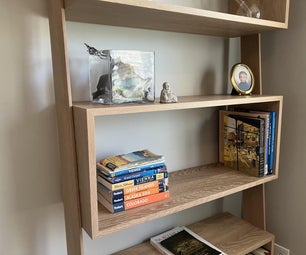Introduction: 3D Printable Micro SD Adapter
This is a instruction to make a 3D printable micro SD to SD adapter. Note that this may not be a solution for your lack of actual adapter since this project still needs lot to be done before it will work 99% of the time. So do this on your on responsibility only since wiring it wrong could cause damage to your micro SD card or your computer. But if done carefully, there should not be a problem.
Step 1: Print the Parts
The 3D printing files are found from here:
http://www.thingiverse.com/thing:983001
Depending of the quality of your print, you may need to sand the pieces so they fit easily to the sd card slot. I printed mine with ultimaker 2 using PLA.
Step 2: Wiring
I used 0.2 mm enameled copper wire to make the contacts on the adapter. From the pictures you can see my technique to attache the wires. Connect the wires according to this image: http://1.bp.blogspot.com/-CVibVn3I85w/T_gQL2HT2RI/AAAAAAAAADY/YkTdbAXQuFo/s1600/SDpinout.jpg
I skipped the pin number 3 and made it later with pin 6 so the wire went from 3 to 6 and then to the micro SD port.
Step 3: Scraping
At this point it's good to check the wiring and cut off the excess parts of the wire off. then carefully with a knife or other tool scrape off the coating of copper wire.
At this point you may try to connect it to the computer or other device and slide the micro SD card in its slot. The device you are using should recognize the sd card normally. If not, you should check the wiring and the contact surfaces of your adapter.
Step 4: Cover
Then we add the cover on top of your adapter. Make sure that your cover fits nicely in its place. If not, trim it. Then add few drops of glue and attach it on its place. I'm not sure wich is the best glue for PLA so i just used normal liquid plastic glue. When the cover is on it's place, you may want to apply some weight on it.
Step 5: Finished
Now your memory card adapter is ready! Make sure that the cover piece glued on nicely and it stays on place(so it wont fall off and get suck inside your computer). To test your adapter slide the micro SD card on its slot and then the adapter to your computers SD card port. Your computer should recognize it normally and you should be able to access your files etc. Possible problems are probably due to the connection issues on the contact surfaces. You may want to scrape them a little bit more to make sure there is no coating on them.
Thank you for reading and please let me know if you made this and what kind of results did you get while using it.













